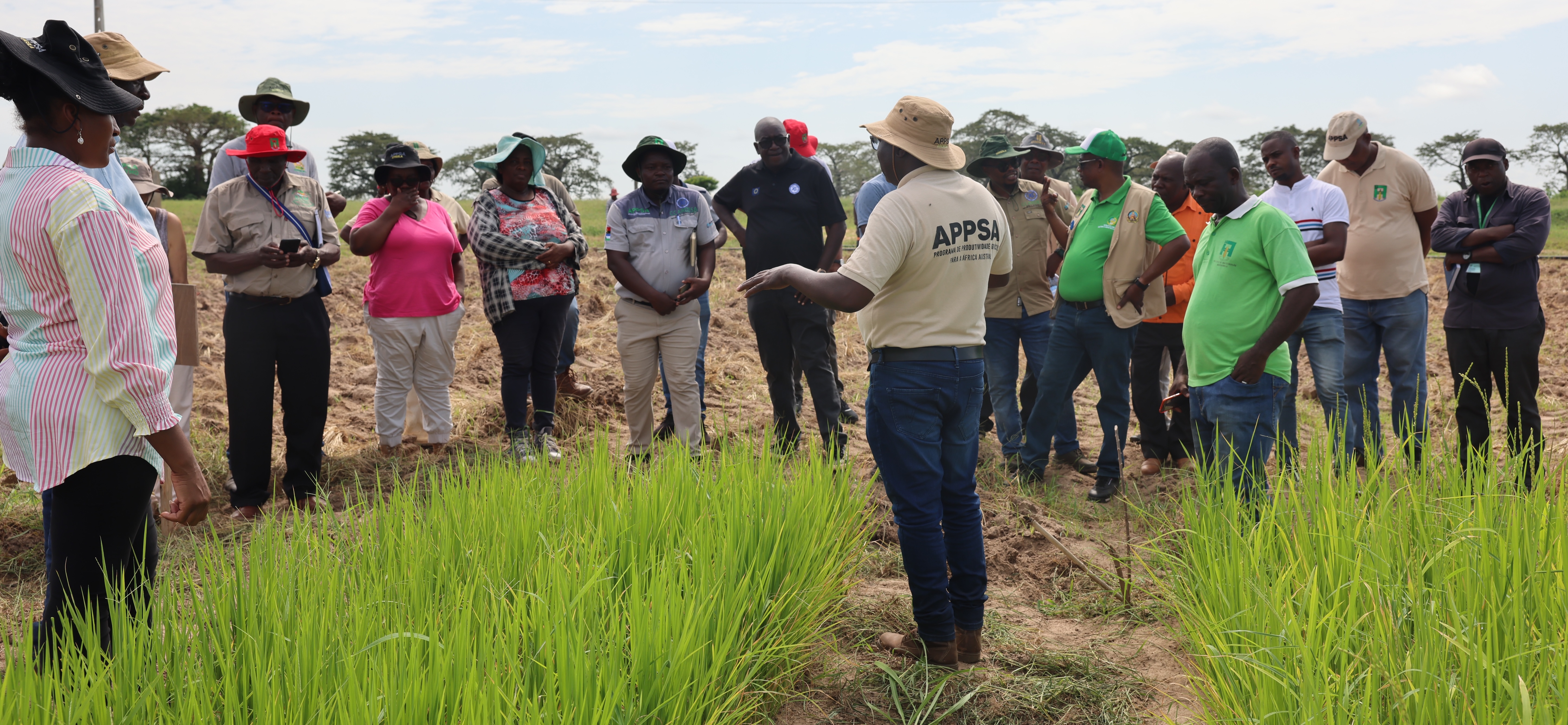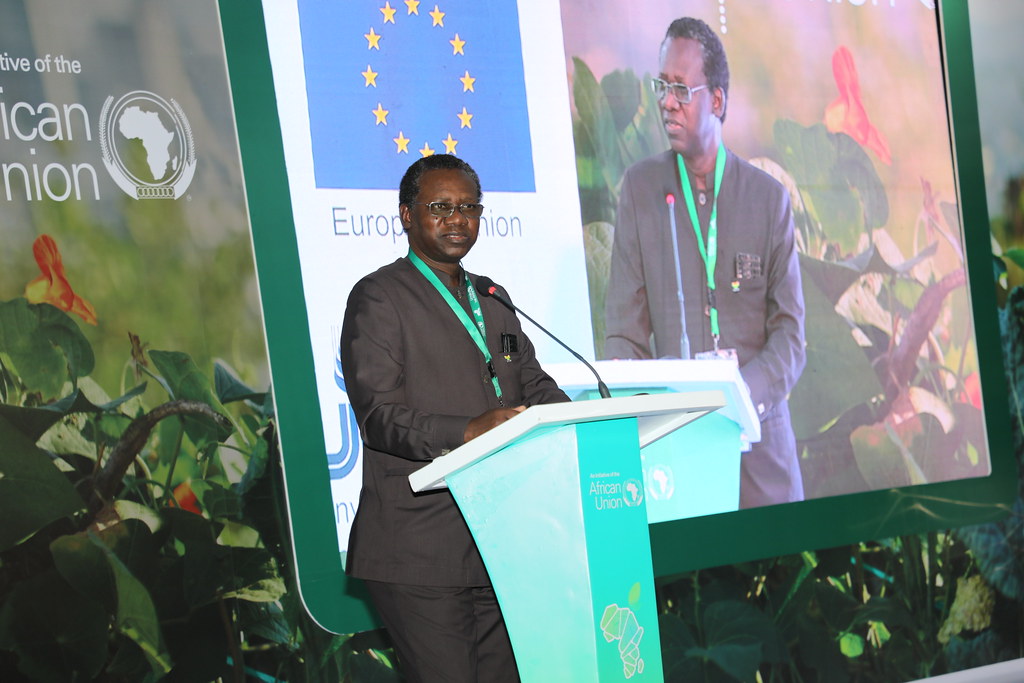Co-authors
J., Oduor, A., Ngigi, S., Oremo, F.O., Ngondi, J., van
Steenbergen, F., Nyawasha, R.W., Dawit, D., Mussera, P.V., Woldearegay, K., Koelman, E.M., Malesu, M., Famba, S., Simane, B., Wuta, M., Oguge, N.O., Leal Filho, W.
Description/Abstract
These training materials have been produced to foster the capacity of key members of local communities to practically implement RWHI systems in a cost-efficient manner. The specific target group of these capacity building materials are local community members who are directly involved in the replication and scale-up of RWHI technologies and practices, i.e. local artisans and small-scale enterpreneurs in the field of rural water supply management and offseason small-scale irrigation on one hand, and educated smallholder farmers with previous knowledge and experience in this field who are interested to replicate and scaleup RWHI systems. Whereas these training materials are specifically tailored to members of local communities, the know-how and language used in this manual may not be suitable for uneducated readers.
Therefore, these training materials intend to provide a selection of key information and know-how that can be used to support proper planning, design and construction of cost-efficient RWHI technologies and practices in arid and semi-arid areas of sub-Saharan Africa. Further, this manual also suggests other relevant technical manuals for local communities which specifically focus on each of the RWHI technologies and practices. It is strongly recommended that reference is also made to these materials with the help of experienced professionals in this field of knowledge.
Citation
De Trincheria, J., Oduor, A., Ngigi, S., Oremo, F.O., Ngondi, J., van Steenbergen, F., Nyawasha, R.W., Dawit, D., Mussera, P.V., Woldearegay, K., Koelman, E.M., Malesu, M., Famba, S., Simane, B., Wuta, M., Oguge, N.O., Leal Filho, W. (2017). Training materials for local communities on rainwater harvesting irrigation management: Capacity building on the use of rainwater for off-season small-scale irrigation in arid and semi-arid areas of sub-saharan Africa. AFRHINET Project. Hamburg University of Applied Sciences, Hamburg, Germany.








